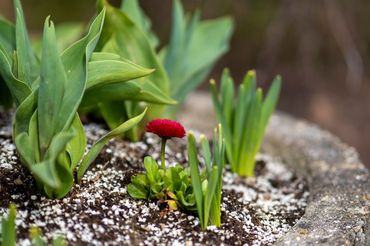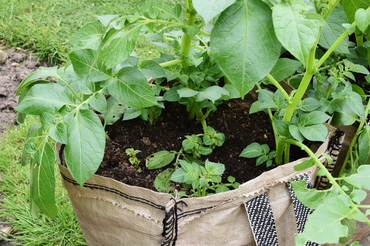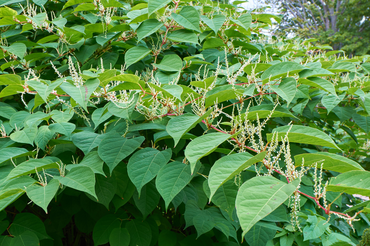
The time to start harvesting tomatoes is upon us, and in fact, some people will already be enjoying the first tomatoes of the season. It is perhaps one of the most exciting harvests synonymous with the kitchen garden. Growing and harvesting tomatoes is satisfying and rewarding for adults and children alike, so here is how to harvest and how to ensure you can keep harvesting for as long as possible.
What to Look Out for When Harvesting Tomatoes
As you are harvesting, it is an excellent time to check over the plant to ensure no pests or diseases are present.
- Check for browning leaves which could be a sign of blight.
- Check for aphids such as white fly and red spider mite.
- Check the tomatoes for blossom end rot or any signs of stress due to inconsistent watering.
- Don’t forget to snip off the side shoots as well to promote more vigorous growth. If you want more tomato plants, pot up the side shoots for a smaller but still productive plant.
How to Harvest Tomatoes
This might seem like an easy one, but you have a few options. Harvest the ripe fruits first. Take some which are ripening but can finish off on a sunny windowsill (this is often a good idea if the plant is diseased), or if you are growing a vine variety, pick the best moment to harvest when all of the vine is ripe and snip off the whole vine. The choice is yours, but whichever way you harvest, you are bound to eat one or two on the spot!
Storing Tomatoes
Popping your harvest into a trug, a recycled food container, or whatever you can get your hands on is an easy way to get them home to the fridge. We recommend giving them a rinse before storing them in the fridge or somewhere cool if you will be using them straight away. If you have harvested them but not going home for a few hours, store them in a cool bag to keep them fresh.
Ensure a Long Season of Harvesting Tomatoes
Firstly, know what variety you are growing as some will produce more fruits over a more extended period and others may be a little less. Full sun, free-draining soil, consistent water, a feeding schedule, and plenty of space are what tomatoes need. Many varieties will be self-fertile, but if you are lacking pollinators (which could be the case if growing under cover), just tickle the flowers when they open to help spread the pollen.
For tomato feed, grow pots and compost plus feed, visit us in store.




